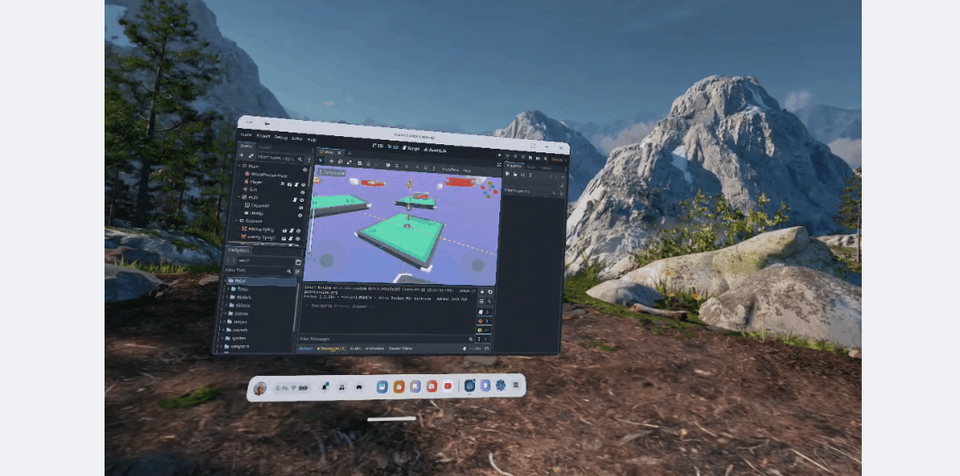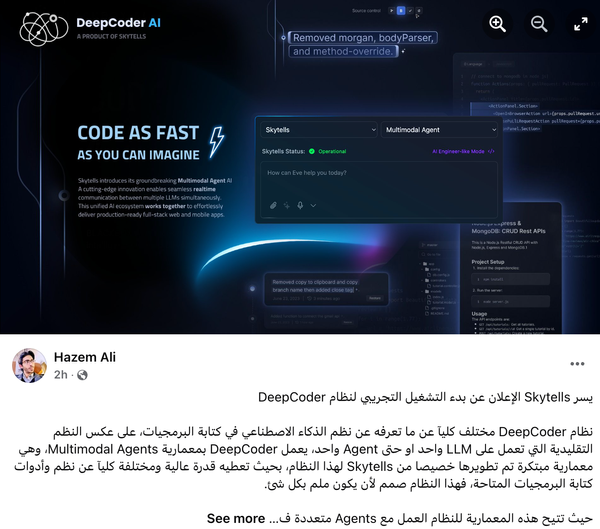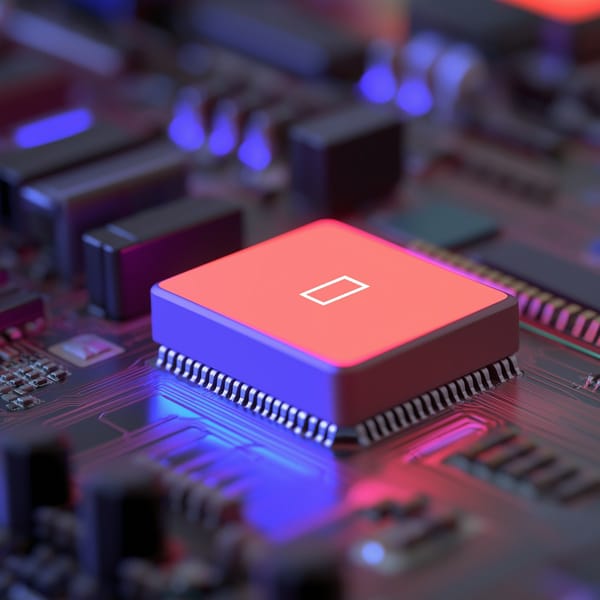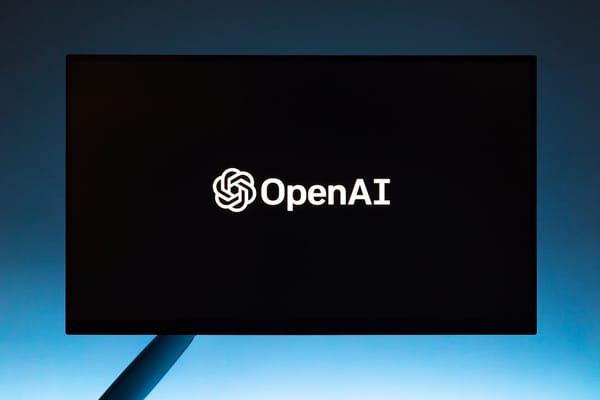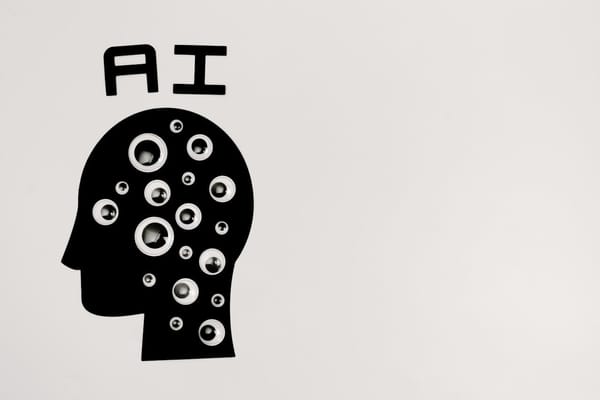Godot Game Engine: Exciting New Features in the Early Access
Are You Truly Ready to Put Your Mobile or Web App to the Test?
Don`t just assume your app works—ensure it`s flawless, secure, and user-friendly with expert testing. 🚀
Why Third-Party Testing is Essential for Your Application and Website?We are ready to test, evaluate and report your app, ERP system, or customer/ patients workflow
With a detailed report about all findings
Contact us nowTable of Content
The Godot game engine has been creating quite a stir in the game development community, and it's not difficult to see why. As a powerful and versatile open-source platform, it has managed to win over the hearts and minds of indie developers and hobbyists from all corners of the globe. Its intuitive interface, coupled with a robust set of features, has quickly established Godot as the go-to choice for countless creators eager to breathe life into their innovative game concepts.
What sets Godot apart is its commitment to accessibility and flexibility. Whether you're a seasoned developer or a newcomer to the world of game creation, Godot provides the tools and resources necessary to turn your creative visions into tangible, playable realities. The engine's user-friendly design philosophy ensures that the learning curve remains manageable, while still offering the depth and complexity required for more ambitious projects.
In recent months, the Godot engine has experienced a remarkable surge in popularity. This growth is evident not just in raw user numbers, but in the vibrancy and dynamism of its community.
The Godot ecosystem is flourishing like never before, with developers sharing knowledge, creating tutorials, and collaborating on projects at an unprecedented rate. This thriving community serves as both a testament to Godot's capabilities and a valuable resource for those looking to explore the engine's potential.
Wow Features in the Early Access
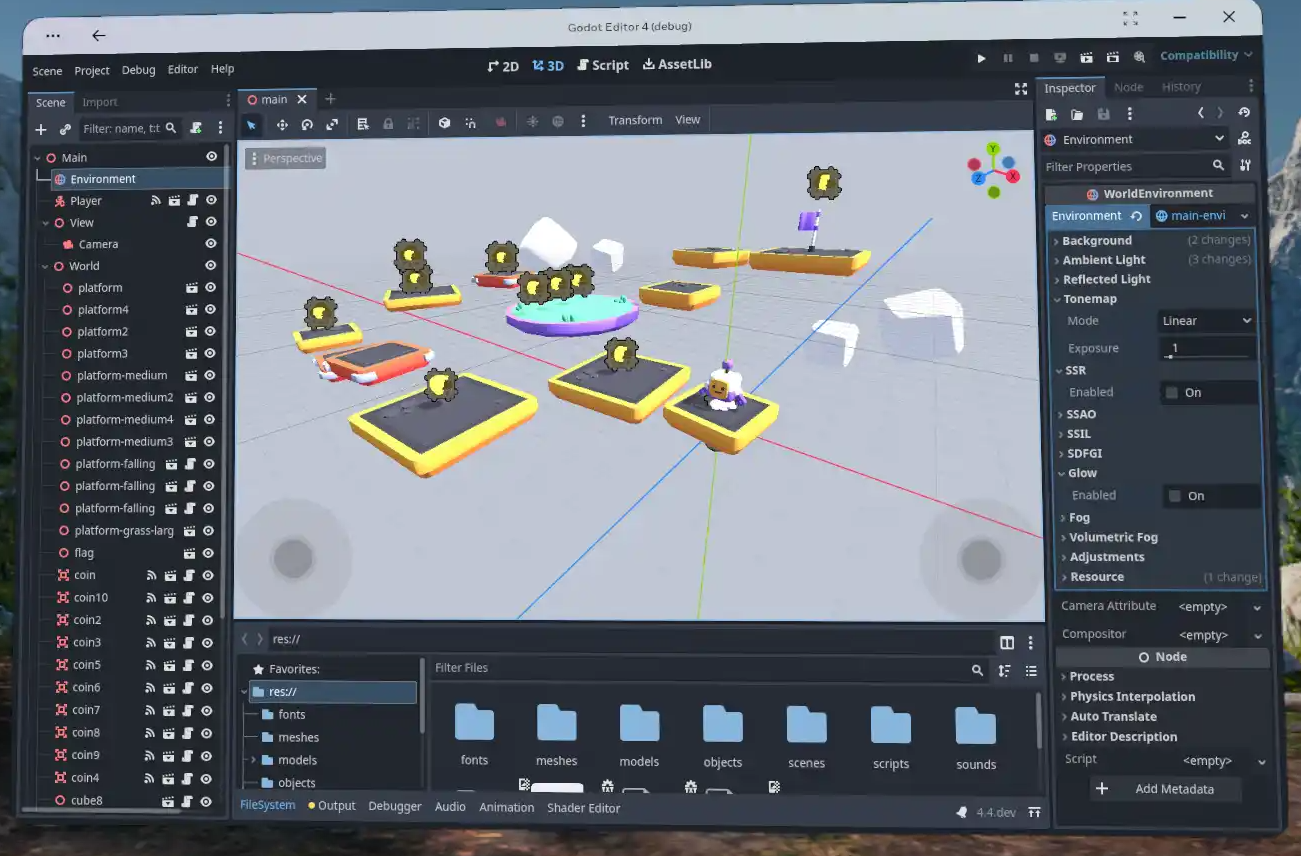
The early access version of Godot 4.0 has introduced an extensive array of innovative features that have captivated the attention of developers across the industry.
In a collaborative effort with @MetaQuestVR we are happy to announce: the Godot Editor is now available in #EarlyAccess on the Meta Horizon store!
— Godot Engine (@godotengine) September 21, 2024
This means you can develop games right on your headset without the need for an external computer 🥽https://t.co/U8PCUVdfEo
This latest iteration of the popular game engine brings forth a wealth of enhancements and improvements that promise to revolutionize the game development process. Among the myriad of updates, several stand out as particularly noteworthy:
1- Enhanced 3D Capabilities:
Godot 4.0 ushers in a new era of 3D rendering capabilities, pushing the boundaries of what's possible in game graphics. The integration of Vulkan support marks a significant leap forward, offering developers access to cutting-edge graphics technology.
This advancement not only enables the creation of visually stunning environments and characters but also provides substantial performance optimizations. The improved 3D rendering pipeline allows for more complex scenes, dynamic lighting, and advanced particle systems, all while maintaining smooth frame rates across various hardware configurations.
2- New Animation Tools:
The animation system in Godot 4.0 has undergone a complete overhaul, resulting in a more powerful and intuitive toolset for developers and artists alike. This revamped system facilitates the creation of intricate character movements, allowing for nuanced expressions and fluid transitions between animations.
The enhanced timeline editor, coupled with improved inverse kinematics and skeletal deformation tools, empowers creators to bring their characters to life with unprecedented detail and realism.
Additionally, the new animation blending capabilities enable seamless transitions between different animation states, contributing to more natural and responsive character behavior in-game.
3- Improved User Interface:
Godot 4.0 introduces a redesigned user interface that not only boasts a modern aesthetic but also significantly enhances the overall workflow for developers. The new UI layout is more intuitive and customizable, allowing users to tailor their workspace to their specific needs.
Improved docking systems, enhanced asset management, and streamlined project navigation contribute to a more efficient development process.
The revamped scene tree and inspector panels provide clearer hierarchies and more accessible property editing, making it easier for developers to manage complex game objects and scenes. These UI improvements collectively reduce the learning curve for newcomers while offering experienced developers a more productive environment.
4- Rich Documentation and Tutorials:
Godot's unwavering commitment to community support is exemplified by the extensive documentation and wealth of tutorials accompanying the 4.0 release. The official documentation has been thoroughly updated to cover all new features and best practices, providing developers with a comprehensive resource for learning and troubleshooting. In addition to the official resources, the Godot community has rallied to create a vast array of tutorials, video guides, and sample projects that cater to developers of all skill levels. This rich ecosystem of learning materials ensures that both newcomers and seasoned developers can quickly adapt to the new features and maximize their productivity with Godot 4.0.
These enhancements position Godot as a strong competitor in the game engine market. Its advanced graphics, intuitive animation tools, improved UI, and active community make it an attractive choice for developers seeking a versatile platform. Godot 4.0's growing popularity challenges established engines, appealing to both indie developers and larger studios with its comprehensive toolset and cost-effectiveness. The engine's capabilities enable the creation of ambitious games across various scales and complexities.
Why Many Developers Are Making the Switch
Godot's widespread adoption is driven by its comprehensive, evolving feature set and user-friendly interface. The engine caters to diverse developer needs across project scales while maintaining depth and functionality.
Godot's versatility in scripting is a major draw. It supports multiple languages, including GDScript (Python-like), C#, and VisualScript, accommodating various coding preferences and skill levels.
Performance-wise, Godot excels with optimized cross-platform compatibility, enabling smooth-running applications on diverse hardware. Its support for both 2D and 3D development offers flexibility for various game styles and creative possibilities.
The Godot community's impressive growth, evidenced by recent data, validates the engine's capabilities and contributes to a thriving ecosystem of shared knowledge and resources. For more on this expansion, visit: Godot Engine Growth.
This flourishing community provides developers with abundant resources, fostering innovation and accelerating learning for newcomers while enabling experienced developers to push boundaries.
Limitations of Godot
While Godot boasts numerous strengths, it's crucial to consider its limitations:
- 3D Capabilities: Despite significant improvements in 3D rendering, Godot still trails behind Unity and Unreal Engine in advanced graphics and features. Developers may face resource constraints when creating complex 3D games.
- Documentation Gaps: Although documentation has improved, some advanced features lack comprehensive guides, potentially hindering newcomers from fully exploiting the engine's capabilities.
- Performance on Older Hardware: While generally lightweight, Godot's performance can fluctuate on older hardware, particularly with demanding 3D projects. Optimization may require extra effort and expertise.
- Asset Store: Godot's asset store is less extensive than its competitors', potentially limiting access to pre-built assets and plugins. This could slow development for teams seeking quick solutions.
- Community Size: Though growing, Godot's community remains smaller than Unity's or Unreal's. This may impact the availability of third-party tutorials, forums, and support.
- Mobile Development: While improving, Godot's mobile deployment capabilities may still present challenges, especially in optimizing for various platforms and implementing touch controls.
Acknowledging these limitations can guide developers in determining whether Godot aligns with their project requirements.
How do we use Godot at Medevel?
At Medvel.com, we've opted for Godot not for game development, but for crafting desktop applications. Its robust performance, stability, and lightweight nature make it an ideal fit for our needs. We're particularly impressed by its flexibility, allowing us to create applications that are both functional and visually striking.
Godot's burgeoning community and ongoing development inspire confidence in the platform's future. We're eager to witness its evolution and innovation, and we enthusiastically encourage fellow developers to explore its potential.
In essence, Godot transcends its role as a mere game engine—it's a vibrant ecosystem fostering creativity and collaboration. Whether you're a seasoned coder or a newcomer to development, there's never been a better time to dive into Godot and experience its capabilities firsthand.

